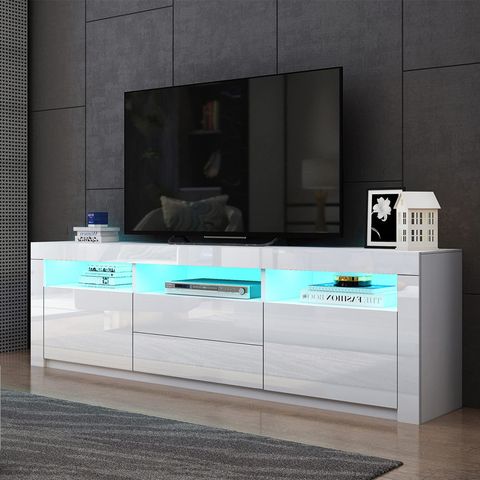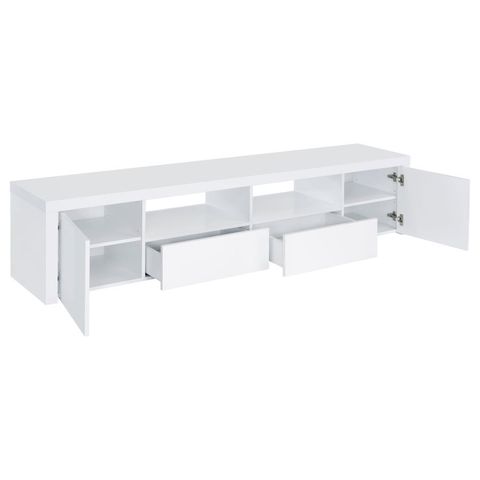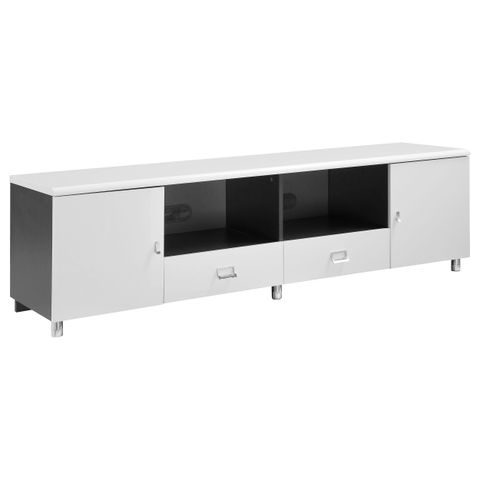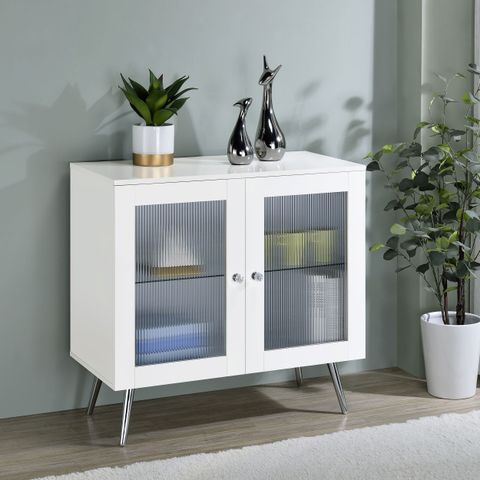When you think about the homes we live in, the furniture we sit on, and the structures that support our daily lives, wood is everywhere. But not all wood is created equal. Today’s construction world is split between two major approaches: engineered wood and solid wood. These aren’t just technical terms – they represent different philosophies about how we build, what we value, and how we want our spaces to behave. It’s like comparing two different languages spoken by the same people. Both have their roots in nature, but they’ve evolved in very different directions. Let’s take a closer look at what makes each approach tick.
Picture this: you’re standing in a modern kitchen, looking at cabinets that seem to defy gravity with their sleek lines and perfect finishes. Or maybe you’re walking through a cozy living room where the walls feel warm and alive, filled with the natural beauty of wood grain. Both scenarios might feature wood, but they’re built on completely different foundations. This isn’t just about aesthetics – it’s about the very essence of how we construct our spaces. The choice between engineered wood and solid wood goes far beyond what’s visible on the surface. It touches everything from environmental impact to structural integrity, from cost considerations to long-term durability. What you choose today could affect your home’s lifespan, its energy efficiency, and even its resale value. It’s a decision that requires understanding both the strengths and weaknesses of each approach. So, let’s dive into the heart of this debate and see what makes each type of wood construction unique.
What Exactly Is Engineered Wood?
Engineered wood is like a master chef combining different ingredients to create something better than the sum of its parts. Instead of using a single piece of timber, manufacturers take various materials and press them together under heat and pressure. Think of it as building with a puzzle where each piece is carefully designed to complement others. This process creates boards that are stronger, more stable, and often more uniform than their solid counterparts. The result? Panels that resist warping, shrinking, and expanding much better than traditional lumber. For example, plywood uses multiple layers of wood veneer glued together at right angles, creating a material that’s incredibly strong across its entire surface. Laminated veneer lumber (LVL) combines thin wood slices to make beams that can span greater distances than solid wood beams of similar size. The manufacturing process also allows for consistent quality control, ensuring each batch meets specific standards. It’s worth noting that despite being ‘engineered,’ these products still come from natural sources – they’re just processed differently than conventional lumber. You might find engineered wood in everything from flooring to structural beams to cabinet cores. It’s become increasingly popular in modern construction because it offers predictability and performance that solid wood simply cannot match.
The Natural Beauty of Solid Wood
Solid wood is the original, unadulterated form of this remarkable material. It comes directly from trees, maintaining its natural characteristics and unique properties. When you hold a solid wood board, you’re touching something that grew over decades, carrying the memory of seasons, weather patterns, and the tree’s individual personality. Every piece is slightly different, offering a richness that no manufactured alternative can fully replicate. The grain patterns tell stories, the knots add character, and the natural variations create a sense of authenticity that many find deeply appealing. Solid wood construction has been around since humans first learned to work with timber. It’s proven itself over centuries, with historic buildings still standing strong today. The material’s natural strength means it can handle heavy loads and stresses that might bend or break engineered alternatives. Plus, it ages beautifully – developing a patina that many find more attractive than new materials. A solid oak table might look stunning when first made, but after decades of use, it develops a warm, rich appearance that’s impossible to fake. This is why solid wood remains a favorite for high-end furniture and architectural features. However, it’s not without its challenges. Solid wood can be unpredictable, sometimes warping or splitting due to changes in humidity and temperature. It’s also typically more expensive and requires more careful handling during construction.
Structural Performance Comparison
When it comes to bearing weight and providing structural support, both types of wood have their strengths. Solid wood excels in traditional load-bearing applications. Its natural density and strength properties mean it can carry significant loads, especially when properly sized and positioned. Imagine a massive timber frame house with solid wood beams spanning large rooms – that’s the classic example of solid wood’s structural prowess. However, solid wood’s performance can vary significantly based on factors like moisture content, grain direction, and the presence of defects. Engineered wood, on the other hand, offers more predictable and consistent structural behavior. Because it’s manufactured under controlled conditions, engineers know exactly what to expect from each product. This predictability is crucial for modern building codes and safety requirements. For instance, laminated veneer lumber (LVL) can be engineered to meet specific strength requirements, making it ideal for structural applications where consistency matters. It also tends to perform better in environments with fluctuating humidity levels, which can cause solid wood to expand and contract dramatically. In earthquake-prone areas, engineered wood’s stability often gives it an advantage over solid wood. Yet, some argue that solid wood’s inherent flexibility provides better resistance to sudden impacts and stress. The key is matching the right material to the right application. Sometimes, a hybrid approach works best, using solid wood for aesthetic elements and engineered wood for structural components.
Environmental Impact and Sustainability
The environmental story differs significantly between these two approaches. Solid wood has a clear advantage in terms of renewability. Trees grow back, and forests can be managed sustainably to provide a continuous supply of timber. When harvested responsibly, solid wood actually stores carbon dioxide, helping fight climate change. It’s also biodegradable and recyclable at the end of its life cycle. However, the processing of solid wood requires substantial energy and water resources, and some harvesting practices can harm ecosystems. Engineered wood presents a more complex picture. On one hand, it often uses smaller diameter trees that might otherwise go to waste, making efficient use of available resources. Many engineered wood products incorporate recycled materials and adhesives that are now much less harmful than older versions. The manufacturing process can be more energy-efficient than producing large solid timber pieces. But there are concerns about chemical treatments and the potential for off-gassing of volatile organic compounds. Recent innovations have addressed many of these issues, with manufacturers developing low-VOC adhesives and more sustainable production methods. The overall environmental impact depends heavily on sourcing practices, manufacturing efficiency, and end-of-life disposal. Some studies suggest that engineered wood may have a lower carbon footprint per unit of structural capacity, while solid wood has advantages in terms of long-term carbon storage. Both approaches are moving toward more sustainable practices, but the path forward isn’t always straightforward.
Cost Considerations and Value Proposition
Money talks in construction, and cost is often a major factor in choosing between engineered and solid wood. Generally speaking, solid wood tends to be more expensive upfront. You’re paying for the premium of natural material, its uniqueness, and the labor-intensive processes involved in working with it. A solid wood door might cost twice as much as an engineered alternative, but it also carries a certain cachet that some buyers are willing to pay for. Engineered wood, by contrast, often provides better value for money. Its mass production capabilities mean lower costs, and it’s frequently more affordable for large-scale projects. The consistent quality also reduces waste and rework costs, which can save money in the long run. However, there are hidden costs to consider. Solid wood may require more maintenance over time, potentially leading to higher long-term expenses. Engineered wood, while generally lower maintenance, might not hold its value as well in high-end applications. The cost difference becomes more apparent when you’re building something large like a commercial structure versus a small residential project. For homeowners, the investment in solid wood might be justified if they value craftsmanship and longevity. For developers building multiple units, engineered wood often wins out due to its efficiency and predictability. It’s also worth considering that engineered wood can be easier to install, reducing labor costs and speeding up construction timelines. Ultimately, the value proposition depends on your priorities, budget constraints, and long-term goals.
Maintenance and Longevity
How well your wood construction stands the test of time depends largely on how you care for it and what you chose to build with. Solid wood, while incredibly durable, requires ongoing attention. It’s susceptible to changes in humidity and temperature, which can cause it to expand and contract. This means regular maintenance – perhaps annual sealing or staining – to keep it looking good and performing well. A solid wood floor might need refinishing every few decades, while solid wood cabinetry can develop scratches and dents that require repair. But the good news is that solid wood can be restored to its original beauty. A professional refinisher can bring back the luster of a century-old hardwood floor. Engineered wood, while generally lower maintenance, has its own set of considerations. It’s more resistant to moisture and dimensional changes, making it ideal for areas with fluctuating humidity. However, it’s not immune to damage. If water gets trapped underneath engineered flooring, it can cause delamination. The core materials might also degrade over time, though usually much slower than solid wood. Most engineered wood products come with warranties that cover manufacturing defects, but they don’t necessarily protect against wear and tear. Both materials can last for generations, but the way they age and how they respond to damage differs significantly. Solid wood’s ability to be repaired and refinished makes it particularly appealing to those who want to preserve their investment. Engineered wood’s resistance to environmental stressors appeals to those who prefer a hands-off approach to maintenance.
The choice between engineered wood and solid wood isn’t simply a matter of preference – it’s about understanding what each approach brings to the table. Engineered wood offers consistency, predictability, and often better value for money, making it ideal for large-scale construction projects and modern applications where uniformity matters. Solid wood provides unmatched beauty, authenticity, and the satisfaction of working with pure natural materials. It’s perfect for high-end residential work and applications where visual appeal and long-term character are paramount. Neither option is universally superior – they’re simply different tools for different jobs. The most successful approach often involves understanding your specific needs and constraints. Are you building a sustainable home with a focus on natural materials? Solid wood might be your answer. Are you constructing a commercial building where cost and predictability are critical? Engineered wood could be the better choice. Many projects benefit from a combination of both, using solid wood for visible, aesthetic elements and engineered wood for structural and functional components. The key is knowing what you want to achieve and choosing accordingly. Whether you’re a builder, homeowner, or designer, understanding these differences empowers you to make informed decisions that will serve you well for years to come. After all, the right wood choice today sets the foundation for tomorrow’s comfort, beauty, and value.














